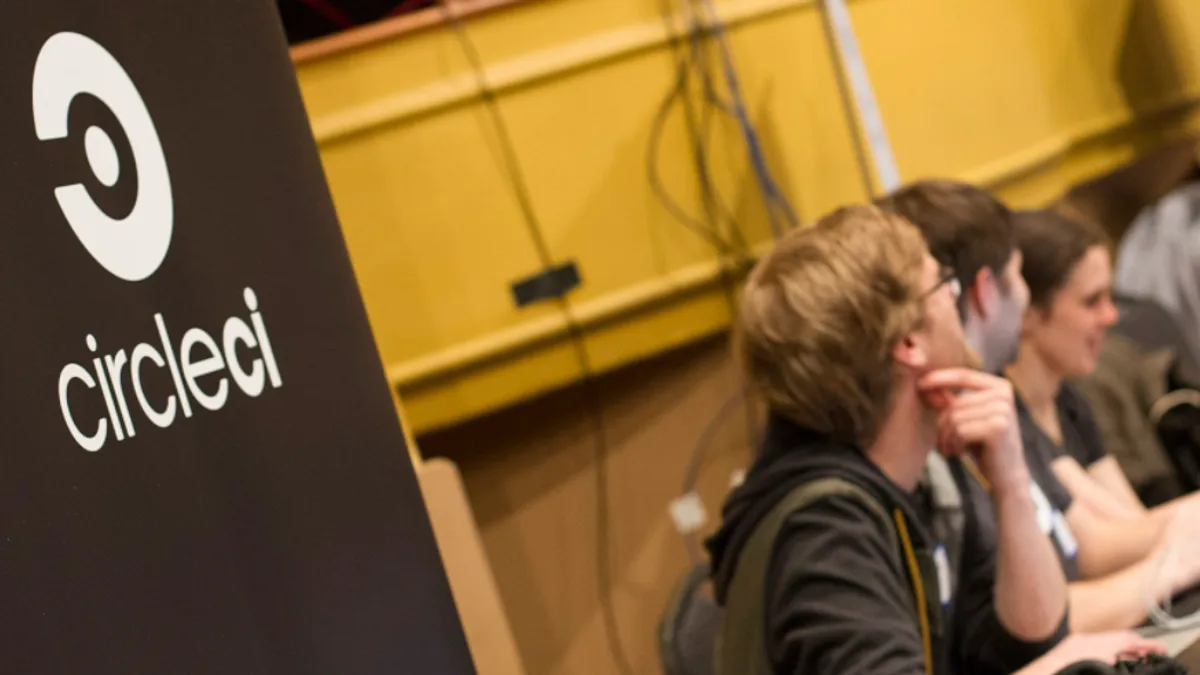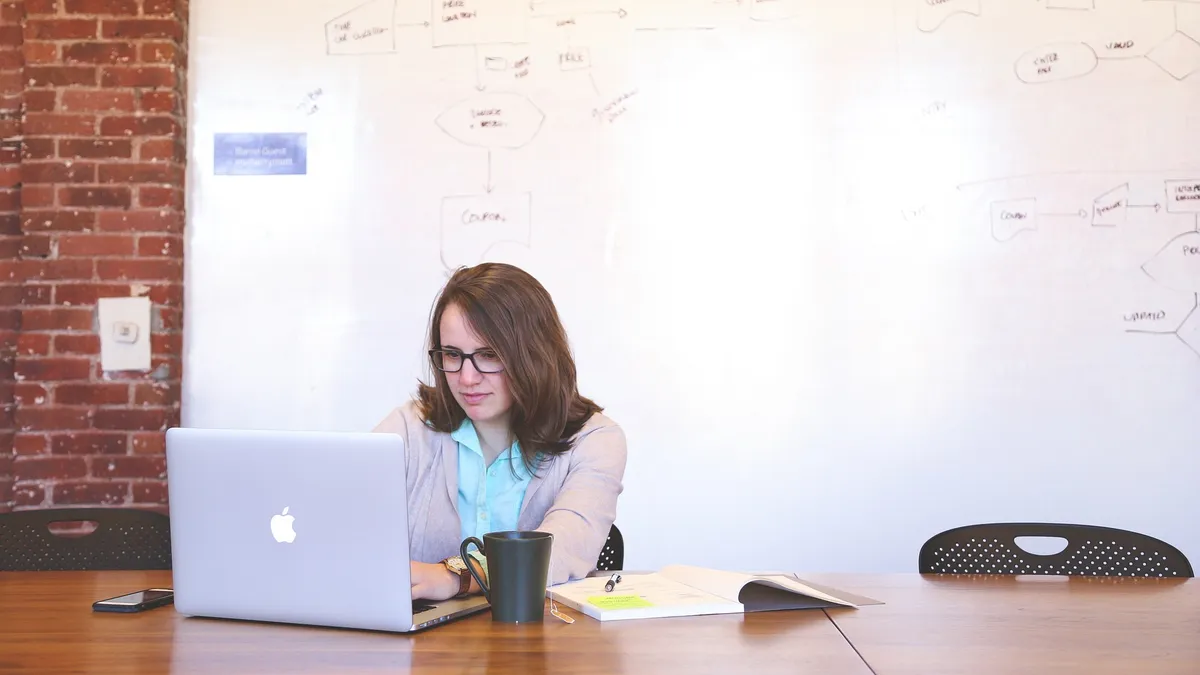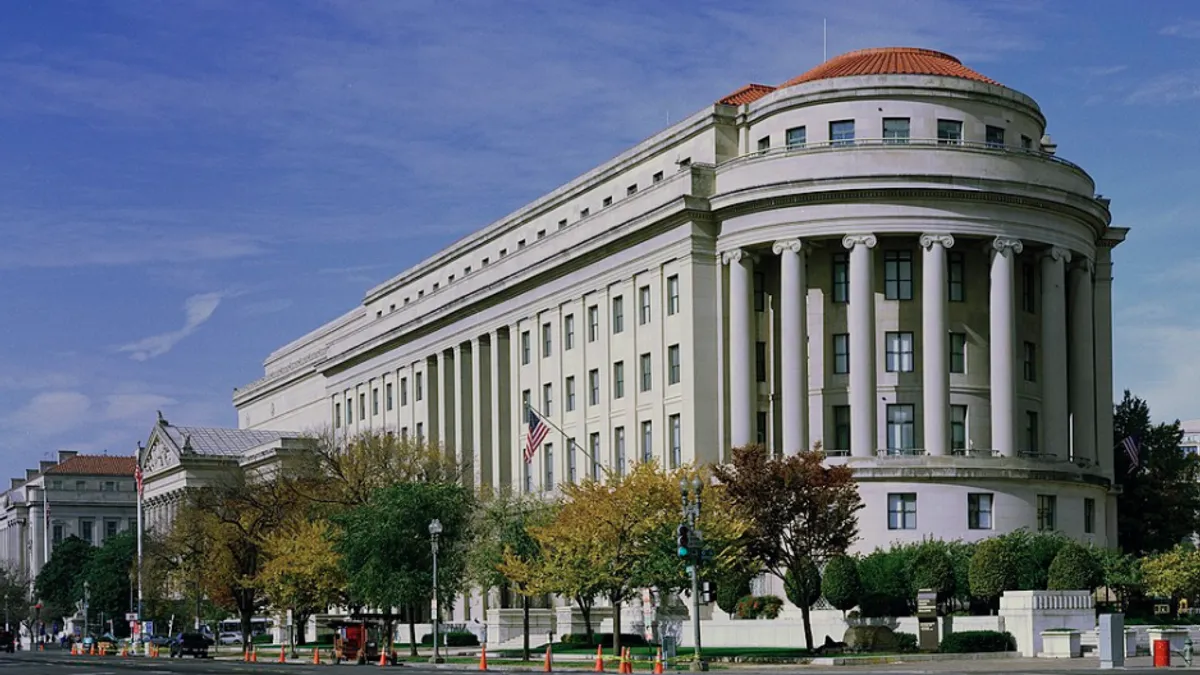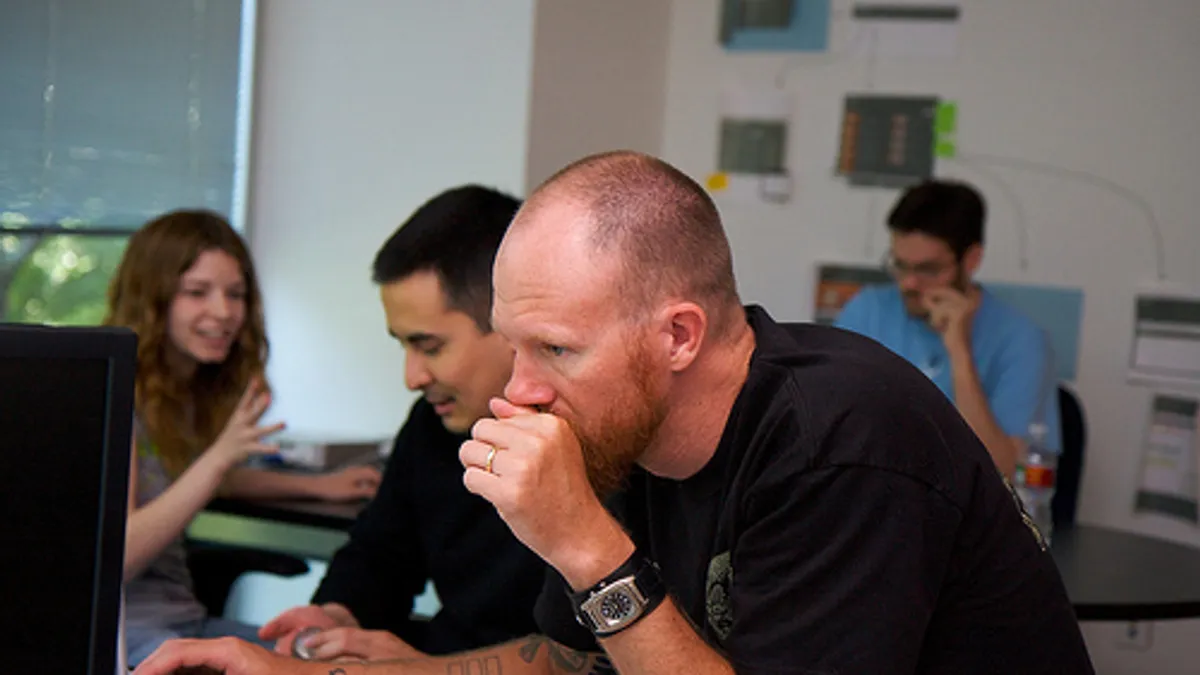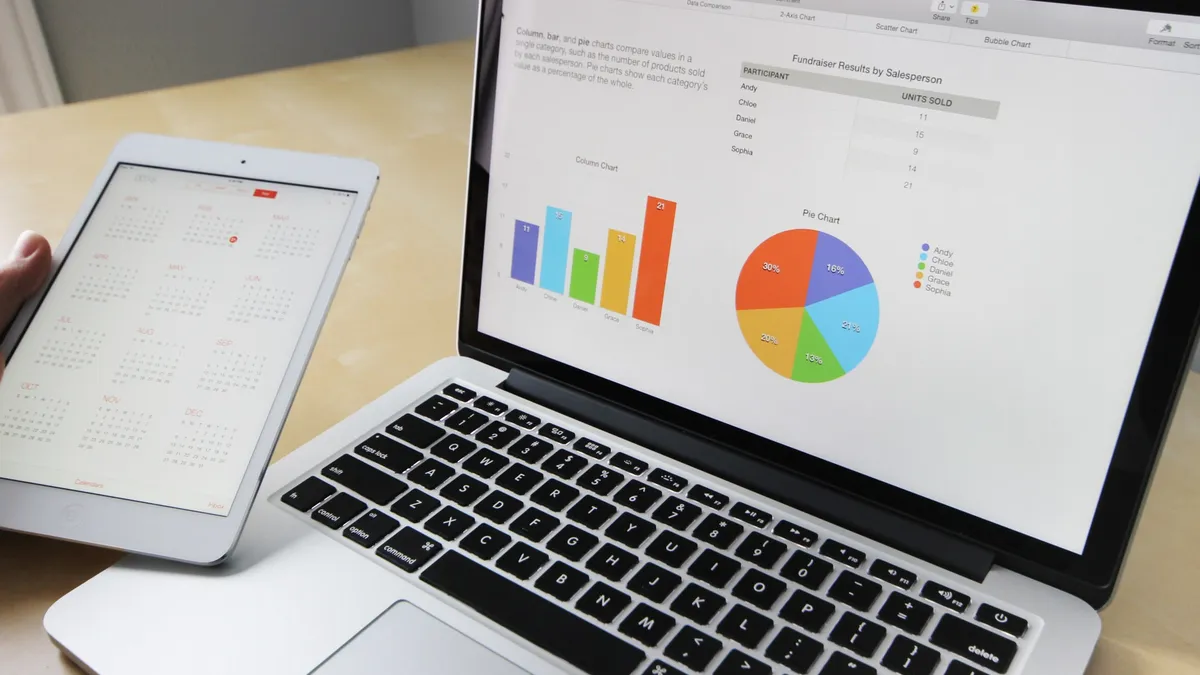Software-as-a-service (SaaS) businesses are on track to generate some $105 billion in revenue this year, an accomplishment for a business model that, while it’s been around since the 1960s, didn’t evolve into its current form until a decade ago. That’s when Adobe converted its Creative Suite to a cloud-based subscription service, widely considered a turning point for the sector.
Today, SaaS is in a very different place. It’s become almost routine for SaaS companies to reach $1 billion in valuation and stay private for years beyond that to build more value before going public — if they even decide to go that route.
“It’s possible to see businesses in the $60 to $600 billion range,” Byron Deeter, a Bessemer Ventures partner, said. “Shopify, when we invested, the top end of our outcomes table was a $400 million IPO, because that used to be a success. They’re $200 billion or so now [as a public company since 2015]. Similarly with Twilio; they’re $60 billion or $70 billion today and climbing.”
Capitalization options
These high valuations give CFOs a lot to think about. As strategic partners to the C-suite, it falls to them to make recommendations about the best time to raise capital, whether privately or publicly, and how to raise capital, whether through equity or debt. And, if debt is the way to go, using what structure? The options are far more varied now.
Pipe, for example, a new trading platform for recurring revenues, lets companies connect their systems of records to trade their recurring revenue contracts to institutional investors on the platform. Institutional investors bid on those contracts at a discount enabling companies to access to their future revenues upfront without having to adhere to loan covenants or take on dilution.
"There's no seniority of liens," Pipe co-CEO Harry Hurst said. "It doesn't even come into the conversation because there aren’t any liens."
Nor does the discount investors pay for the income stream come at the expense of the company’s top line.
“That’s really important when you're raising money or if you sell the company," Hurst said.
Pricing evolution
Platforms like Pipe were launched to leverage one of the key aspects of SaaS companies: the steadiness of the annual recurring revenue (ARR) they generate by offering their services on a subscription basis.
But even that core tenant of the model is changing, as more companies switch to revenue models based on consumption, or usage. For companies that structure this type of pricing well, revenue can far exceed what they generated in ARR, says Matt Kropp of Boston Consulting Group.
“We can see typical 20-25% increases in ARR,” he says. “That’s quite a powerful lever.”
Chitra Balasubramanian, CFO of development operations (DevOps) platform company CircleCI, recently helped her company switch from subscriptions to a usage-based system — a pricing model, she says, that better aligns to how its customers use the platform.
“We just felt that was more of the right way of servicing our end customers versus having gaps that come about when it's a fixed subscription model,” she said.
Investors' interest in SaaS companies, the growth in capitalization options, and the changing pricing models are all indicators of a maturing business model. These are crucial points for CFOs as they think through strategic plans with their leadership partners on a going-forward basis.
“We are now entering the consolidation phase for SaaS,” says Gartner.
Read about these trends:




